Kostarica157
Rough_Rock
- Joined
- Dec 8, 2011
- Messages
- 2
I was trying to see if someone could help me determine if my stone which I believe to be alexandrite is actually a natural alexandrite or lab created or not alexandrite at all. I have put it In natural light and also under uv light in these photos all help is greatly. Appreciated. Also if anyone knows a good reputable gemologist in the northern California area of you could give me there info. Thank you. If you want to send a private email you can send it to greek157 at hotmail . Once again thank you for the help.
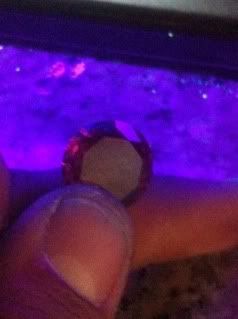

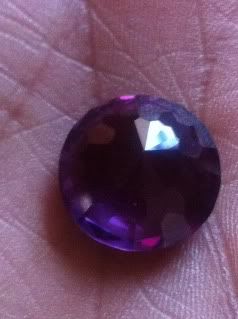

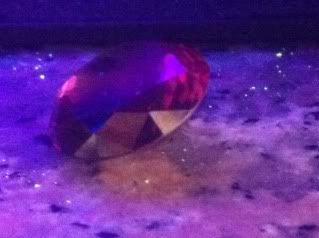







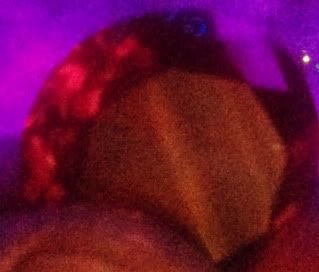
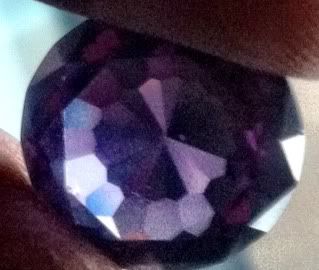


300x240.png)